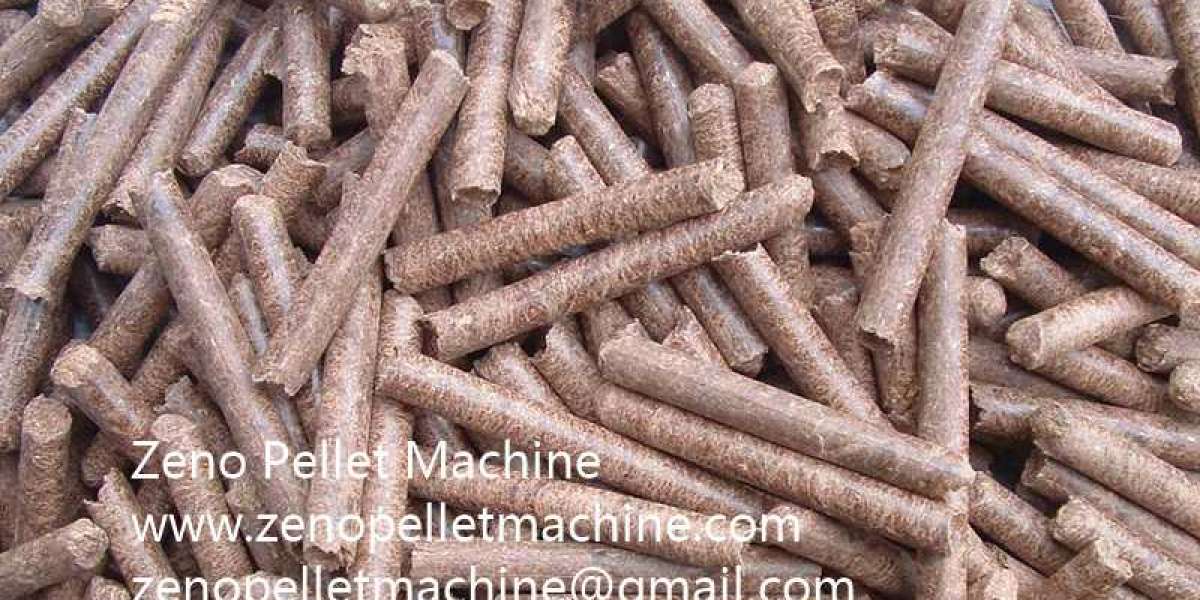Located in Southeast Asian, Malaysia has abundant natural resources, which contributes to the biomass industry development. With the release of national green science and technology policy, the tenth Malaysia plan, 2010 Economic Transformation Programme, and 2011 Renewable Energy Act, Malaysia is tapping the potential of biomass industry and wood pellet plant industry.
Malaysia’s wood pellets production is 168 million tons every year. Many local research institutes and universities have taken part in the RD of biomass. But Malaysia haven’t make full use of its biomass resources. The biomass industry still remains great potential.
Renewable energy development in Malaysia
Last year, Malaysia’s renewable energy generation was 6083 MW, accounting for 23% of Malaysia’s total power generation. In 2014, Malaysia’s renewable energy capacity is 243 MW, with 66% solar photovoltaic, 23% biomass power, 6% small hydropower, 5% biomass. The renewable energy is predicted to be 2080 MW by 2020, with 9% solar photovoltaic, 38% biomass, 24% small hydropower, 12% biogas, 17% household waste power generation.
Although renewable energy is still at an initial stage, the government advocate renewable energy by establishing the Sustainable energy development Agency (SEDA). Meanwhile, the renewable energy power repurchase system ensures stable price, and the national power giant TENAGA has assigned renewable power purchase agreement. They can guarantee the economic benefits of renewable energy.
In Malaysia’s eleventh five-year plan, 15 billion ringgit will be invested to green project from 2016 to 2020. The Malaysia government has launched green technology funding plan (GTFS), to invest 3.5 billion ringgit to supply 2% annual interest rate or profit margin for green technology companies. Besides, it also provide 60% government guarantee for the green cost of financing amount.
Biomass resources in Malaysia
Biomass refers to the solar energy deposited in plants by photosynthesis. It includes crops, grass, woody plants, agriculture and forestry waste, etc.
Malaysia is major palm oil manufacturer in the world. The president of Malaysia Biomass Industries Confederation Liang Jianwen reviews that the large quantity of oil palm waste should be fully utilized, or they would cause damage to the environment.
According to the data from the confederation, Malaysia’s biomass demand is in growth owing to large oversea market. Malaysia should seize the opportunity to enlarge biomass business. But the lack of attention to the biomass industry cause the short supply of biomass in Malaysia.
After the establishment of Malaysia Biomass Industries Confederation, the members hold many lectures all over Malaysia to introduce biomass industry and encourage people to take part in the business.
Liang Jianwen believes that the owner of oil palm plantations and oil-pressing plant is the most suitable to engage in biomass industry, because they have ready-made biomass wastes. Even if they don't do biomass business, they have to deal with the large amount of biomass waste.
Biomass products has high added value
Liang Jianwen has worked as the technical consultant of Malaysia biomass industry sustainable production project. He said the biomass industry has matured overseas, but it is still in initial stage in Malaysia.
Wood pellet machine can process many materials.The biomass materials can be collected from brown oil waste, including oil plam efb, palm tree trunk, branches, grain hull, solid waste, etc. Besides biomass fuel, the biomass materials can be made into various industrial products, like biomass fertilizer, biomass charcoal, biomass composite, and construction materials.
As statistics show, Malaysia can produce 100 million tons of biomass, with most of them made into fertilizers. But they can be used to make high value-added products. There are four applications of biomass:
Biomass pellet fuel for power generation, industrial boilers, and heating stoves;
Green products such as Bioplastics, packages, and fibers;
Agriculture products like animal feed and fertilizers;
Biomass chemicals to make vinegar and industrial sugar.
Malaysia’s biomass industry
Biomass industry refers to using organic matters, including wood waste, palm oil waste, rice husk, coconut dry fiber, rice hull, bagasse, and other wastes to make environmental-friendly products, like bioplastics, biomass composites, bio-fertilizer, biomass pellets, etc.
Biomass energy includes biomass molding fuel (biomass pellets), biomass power generation (co-firing, methane), liquid bio-diesel (biodiesel and ethanol).
Biomass can be used to develop useful chemicals, like glycol, ethanol, and lactic acid.
Biomass can be the raw material for making ecological products, such as pulp, paper, biomass composites, and bioplastics as sustainable alternative for fossil base materials.
Problems facing Malaysia biomass industry
Lack of policy to promote the collection, process, and application of biomass energy. The cooperation efficiency of local agencies and biomass companies need to improve.
Lack of incentive measures or fund support make biomass companies undertake high investment.
Lack of reliable and explicit data on the biomass market capacity and potential.
To tackle climate change and relive energy shortage, we should increase the use of renewable energy. Biomass industry plays an important role in the country’s development. To improve the commercialization of biomass energy, the country should promote the cooperation among companies, government, and institutions.






